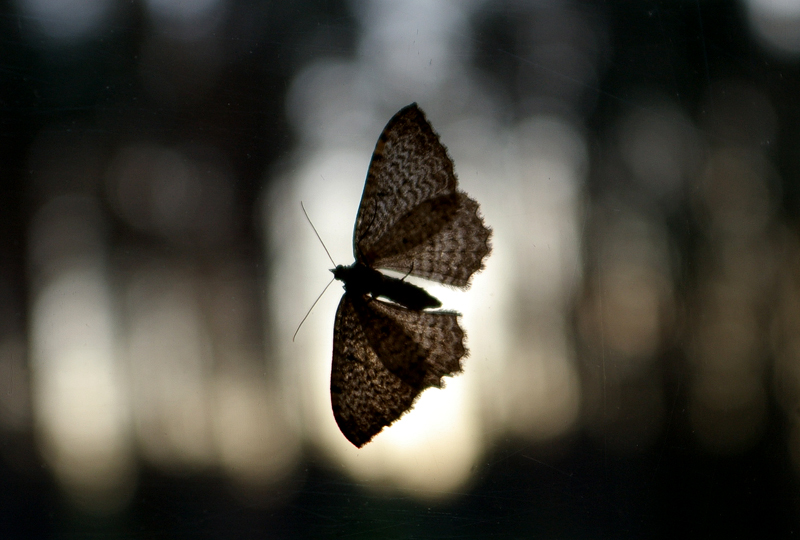Rheumaptera Undulata on:
[Wikipedia]
[Google]
[Amazon]
''Rheumaptera undulata'', the scallop shell, is a ''Hydria undulata'' on ''Fauna Europaea''
/ref> The
The
moth
Moths are a paraphyletic group of insects that includes all members of the order Lepidoptera that are not butterflies, with moths making up the vast majority of the order. There are thought to be approximately 160,000 species of moth, many of w ...
of the family Geometridae. It was first described by Carl Linnaeus
Carl Linnaeus (; 23 May 1707 – 10 January 1778), also known after his ennoblement in 1761 as Carl von Linné Blunt (2004), p. 171. (), was a Swedish botanist, zoologist, taxonomist, and physician who formalised binomial nomenclature, the ...
in his 1758 10th edition of ''Systema Naturae''. It is found in most of the Palearctic realm
The Palearctic or Palaearctic is the largest of the eight biogeographic realms of the Earth. It stretches across all of Eurasia north of the foothills of the Himalayas, and North Africa.
The realm consists of several bioregions: the Euro-Sibe ...
and North America./ref>
 The
The wingspan
The wingspan (or just span) of a bird or an airplane is the distance from one wingtip to the other wingtip. For example, the Boeing 777–200 has a wingspan of , and a wandering albatross (''Diomedea exulans'') caught in 1965 had a wingspan of ...
is 25–30 mm.
The ground colour of the forewings is pale. The crosslines are darker, wavy, evenly spaced and numerous. The outer margin is pale brown with a scalloped fringe. The hindwings resemble the forewings but are paler. The larva is relatively powerful, naked except for some short white bristles. The dorsum is light to dark grey, with narrow white longitudinal stripes. The venter is pale.
There is one generation per year with adults on wing from the end of May to August in Europe.
The main habitat is light quarry and floodplain forests, bushy forest edges as well as gardens and park landscapes. In the Alps, the species rises to heights of 1500 metres.
The larva
A larva (; plural larvae ) is a distinct juvenile form many animals undergo before metamorphosis into adults. Animals with indirect development such as insects, amphibians, or cnidarians typically have a larval phase of their life cycle.
The ...
e feed on birch (including ''Betula verrucosa
''Betula pendula'', commonly known as silver birch, warty birch, European white birch, or East Asian white birch, is a species of tree in the family Betulaceae, native to Europe and parts of Asia, though in southern Europe, it is only found a ...
'' and ''B. pubescens
B is the second letter of the Latin alphabet.
B may also refer to:
Science, technology, and mathematics Astronomy
* Astronomical objects in the List of dark nebulae#Barnard objects, Barnard list of dark nebulae (abbreviation B)
* Latitude (''b ...
''), '' Vaccinium'' (including '' V. myrtillus'' and '' V. uliginosum'') and willow species (including ''Salix myrtilloides
''Salix myrtilloides'', the swamp willow, is a willow native to boglands in cool temperate to subarctic regions of northeastern Europe and northern Asia from central Norway and Poland eastwards to the Pacific Ocean coasts, with isolated populati ...
'', '' S. caprea'', '' S. aurita'', '' S. cinerea'', '' S. myrsinifolia'' and '' S. phylicifolia''), as well as aspen {'' Populus tremula''), '' Populus balsamifera'', '' Berberis vulgaris'', ''Ribes alpinum
''Ribes alpinum'', known as mountain currant or alpine currant, is a small deciduous
In the fields of horticulture and Botany, the term ''deciduous'' () means "falling off at maturity" and "tending to fall off", in reference to trees and ...
'', '' Spiraea salicifolia'', rowan (''Sorbus aucuparia
''Sorbus aucuparia'', commonly called rowan (UK: /ˈrəʊən/, US: /ˈroʊən/) and mountain-ash, is a species of deciduous tree or shrub in the rose family. It is a highly variable species, and botanists have used different Circumscription (taxo ...
''), ''Elaeagnus commutata
''Elaeagnus commutata'', the silverberry or wolf-willow, is a species of ''Elaeagnus'' native to western and boreal North America, from southern Alaska through British Columbia east to Quebec, south to Utah, and across the upper Midwestern United ...
'' and '' Myrica gale''. Larvae can be found in August and September. It overwinters as a pupa.
Subspecies
* ''Rheumaptera undulata undulata'' * ''Rheumaptera undulata sajana'' Bryk, 1921References
External links
* {{Taxonbar, from=Q1310717 Rheumaptera Moths described in 1758 Moths of Asia Moths of Europe Moths of Japan Moths of North America Taxa named by Carl Linnaeus